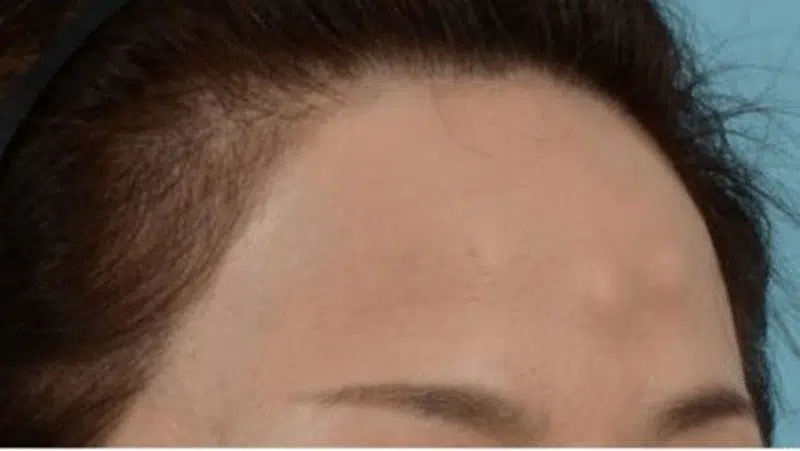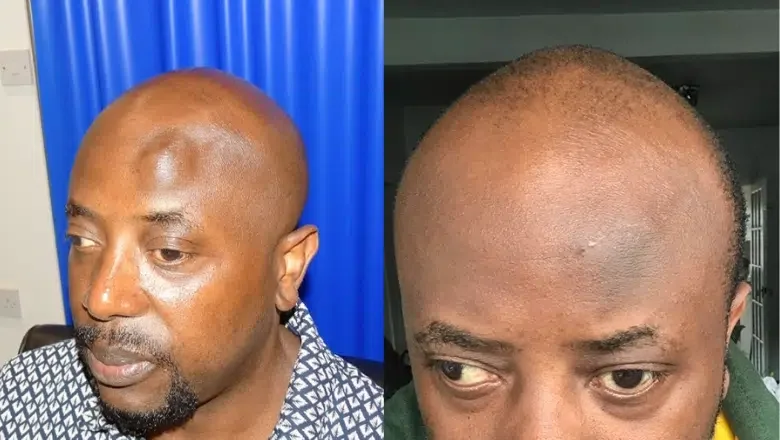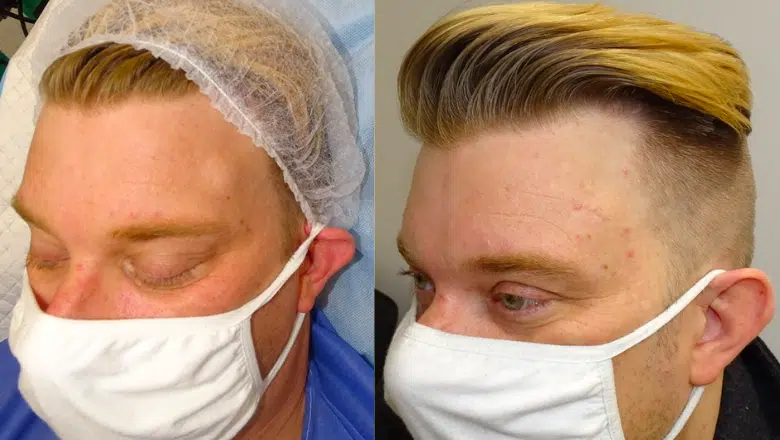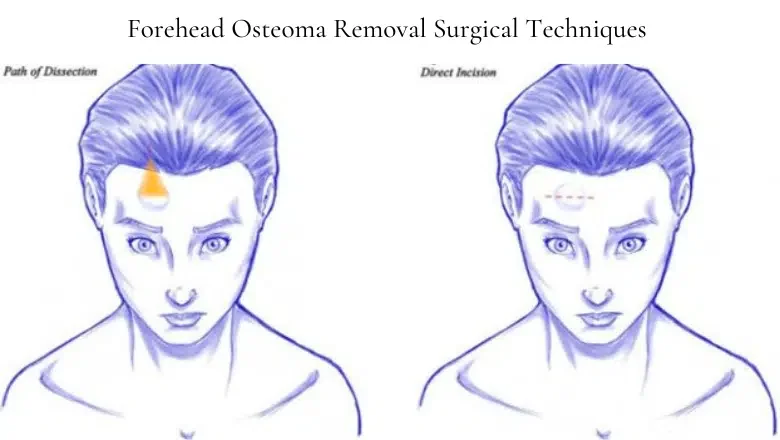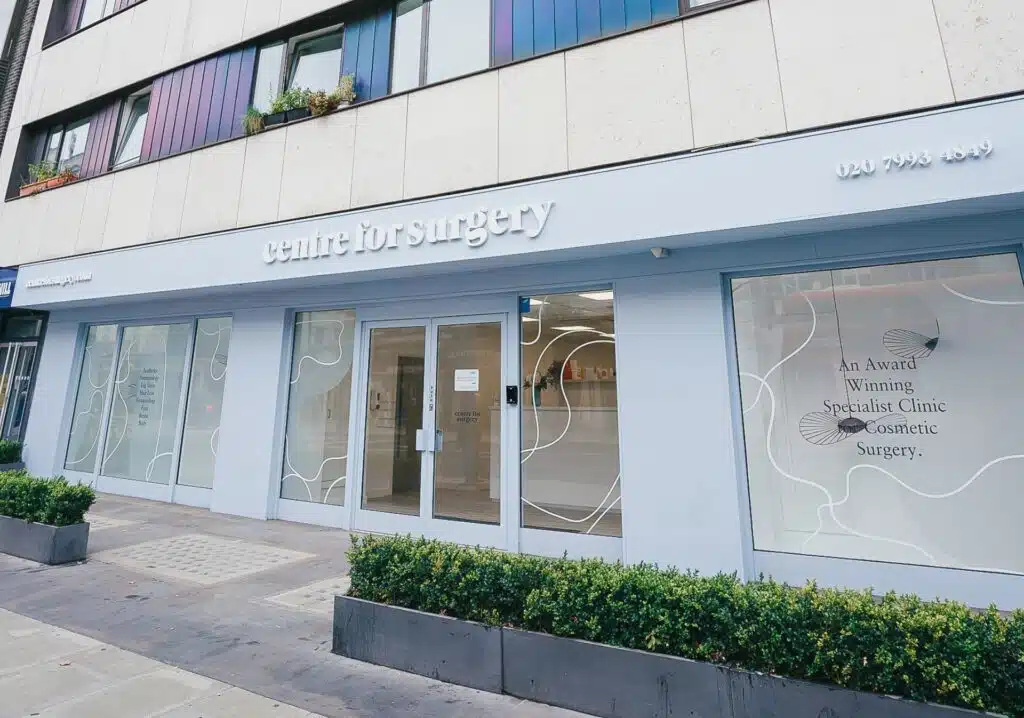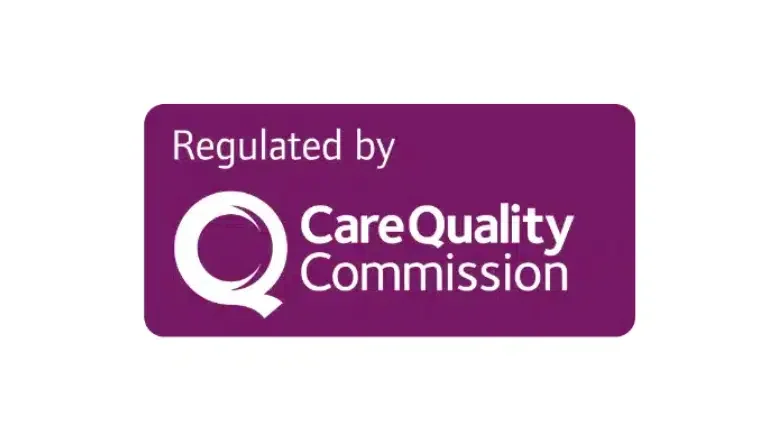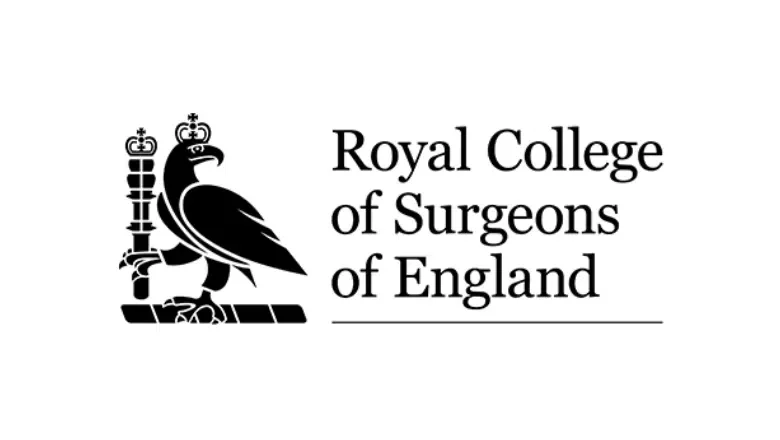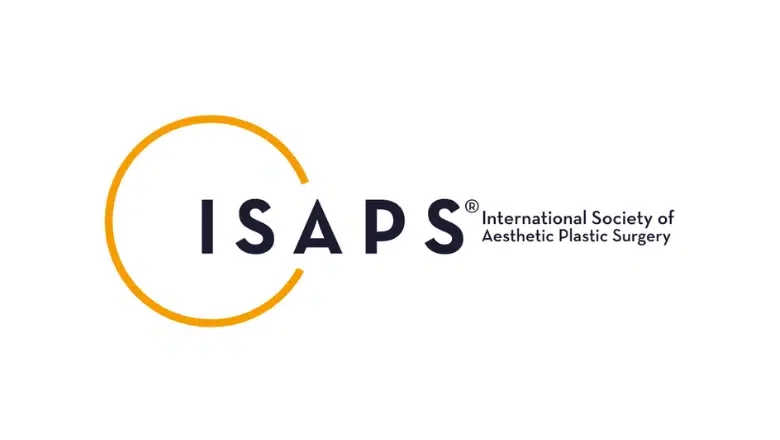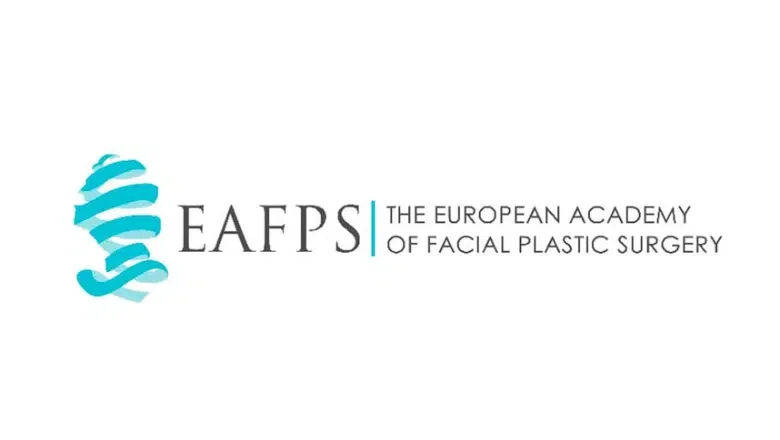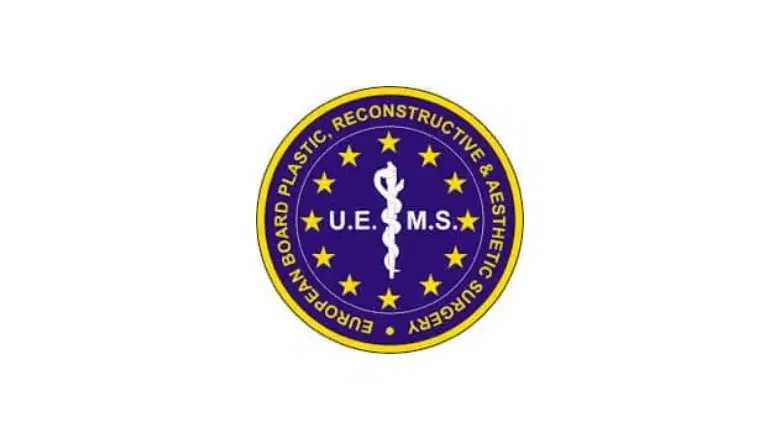Forehead Osteoma Removal in London
An osteoma is a type of non-cancerous bone growth commonly occurring on the skull but capable of developing on other bones throughout the body. Despite being non-cancerous, these growths, which manifest as skin lesions, can lead to either cosmetic concerns or physical discomfort for individuals.
Forehead osteoma removal is a highly specialised procedure which is very commonly performed procedure by our surgeons at Centre for Surgery. A forehead osteoma is a benign tumour which will appear as a hard lump on the forehead. As the osteoma appears in a prominent and noticeable place on the body, it can often negatively impact a person’s self-esteem and confidence. In some instances, the osteoma may even be causing pain. To relieve any problems, you may wish to undergo a forehead osteoma removal.
At Centre for Surgery, our surgeons possess a wealth of experience in removing forehead osteomas, among other locations. This experience has equipped them with both open and endoscopic skills necessary to perform precise extractions, minimising scarring and maximising the likelihood of favourable long-term results. The combination of their technical proficiency and a deep understanding of aesthetic principles ensures that patients receive top-tier care.
We are one of the few centres in the UK to offer endoscopic removal of osteomas for suitable patients
Our team is committed to delivering solutions that address the immediate physical presence of osteomas and contribute to our patients’ overall well-being and confidence. Contact us today to explore how our surgeons can assist in permanently removing your skin lesion or osteoma, providing a path to both physical comfort and aesthetic satisfaction.
Some alternative terms for forehead osteoma removal include:
- Forehead tumour removal
- Forehead lump removal
- Forehead bone growth removal
- Forehead bony protrusion removal
- Forehead cyst removal
- Forehead mass removal
- Forehead bone excision
- Forehead lesion removal
Safe and Precise Removal of Forehead Osteomas in London
Forehead osteoma removal is recognised as a minimally invasive procedure that boasts a high safety record. This surgical process involves the precise removal of the tumour, employing various techniques tailored to the specific development stage of the osteoma. The success and safety of this procedure significantly hinge on the approach used to excise the lump, which varies based on the osteoma’s characteristics.
What is a Forehead Osteoma?
A forehead osteoma is a type of benign bone tumour that grows on the forehead. It is a slow-growing, round or oval-shaped mass of bone that is generally painless and usually found in the upper forehead region.
Forehead osteomas can be of different sizes and can be visible or hidden under the skin. They can be present at birth or develop later in life, usually during early adulthood. The exact cause of osteomas is not well understood, but they are believed to be caused by a genetic mutation or a traumatic injury.
A forehead osteoma is usually diagnosed through physical examination and imaging tests like X-rays or CT scans. Treatment options depend on the size, location, and symptoms of the tumour. Smaller osteomas that do not cause symptoms may not require treatment and can be monitored for changes.
Surgical removal is recommended for larger or growing osteomas or those causing cosmetic or functional concerns. The procedure involves making an incision over the osteoma and removing the tumour along with any surrounding tissue.
In rare cases, a forehead lipoma can mimic a forehead osteoma. This is much easier to remove than a forehead osteoma, and the procedure can be performed under a local anaesthetic.
Before & After Forehead Osteoma Removal
Case 1:
Case 2:
Case 3:
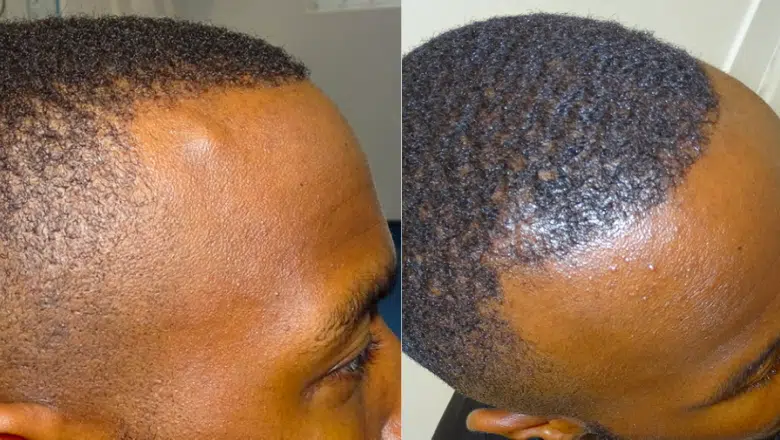
Who is a Good Candidate?
Benign tumours commonly found on the forehead include lipoma, dermoid cyst, epidermal cyst, and osteoma. Osteomas occur frequently in the skull vault and facial skeleton. The frontal sinus is the most frequent location of cranial osteomas, which are known to keep growing. In general, patients most frequently present with this bony lump in the third and fourth decade of life, and men are affected somewhat more often than women.
Individuals with forehead osteomas are often suitable candidates for osteoma removal surgery, but essential steps and criteria must be met to ensure the procedure is appropriate and safe. The process begins with accurately diagnosing the lump on the forehead, which is crucial for determining the best course of action.
Diagnostic Imaging
Before considering removal, the nature of the lump must be thoroughly evaluated. This is typically done through a CT scan, a reliable imaging technique that helps ascertain whether the lump is bony, fatty, benign, or potentially suspicious. The results of this scan are critical in deciding not only the necessity of the surgery but also in planning the surgical approach.
Age Considerations
Patients who are considering forehead osteoma removal should be over the age of eighteen. This age criterion ensures that patients have reached physical maturity, as the bones and facial structures are more fully developed and stable, which can influence both the surgical procedure and the healing process.
General Health Status
Good physical health is a prerequisite for anyone considering this surgery. Being in good health reduces the risk of complications during and after the surgery and can also aid in a smoother and quicker recovery. Patients with underlying health conditions or those on certain medications may need to undergo additional evaluations to ascertain their suitability for the procedure.
How to Prepare for Forehead Osteoma Removal
When planning for your initial surgical operation consultation for osteoma removal at our Baker Street clinic in Marylebone, it’s vital to be thoroughly prepared. Our specialist surgeons will provide all the necessary information during this consultation, but being proactive in your preparation can greatly enhance the effectiveness of this session.
List Your Questions
We highly recommend writing down any questions or concerns you may have about the osteoma removal process beforehand. It’s common for patients to forget important queries during the consultation due to nerves or the volume of information discussed. Having a written list ensures that all your concerns are addressed and that you leave the consultation with a clear understanding of the procedure.
Understanding the Procedure
The consultation is a crucial time to gain a comprehensive understanding of the surgical excision. Our surgeons will explain the procedure’s steps, what to expect during recovery, and any potential risks or complications. This is your opportunity to gain clarity on any aspect of the surgery you might be uncertain about.
Pre-Surgical Advice
Despite the minimally invasive nature of osteoma removal, there are important preparatory steps to ensure the best possible outcomes. One key recommendation is to stop smoking or vaping at least two weeks before the surgery. Nicotine can significantly impede the skin’s ability to heal, potentially affecting your recovery and the final results. Abstaining from these habits during your surgery is essential for optimal healing and minimising the risk of complications.
We encourage you to take these preparations seriously to ensure a smooth and successful osteoma removal process. Our team at Centre for Surgery is dedicated to supporting you at every step, from the initial consultation to your postoperative care, ensuring that you feel confident and well-informed throughout your treatment.
Osteoma Removal Procedure
The two main techniques for forehead osteoma removal are the open excision method and the endoscopic method. The choice of technique used depends on the size, location, and shape of the osteoma. Both techniques are regularly performed at Centre for Surgery.
Direct Incision Method
The open excision method is the most commonly used technique for removing forehead osteomas. This method involves making a small incision on the scalp above the osteoma. The surgeon then carefully removes the osteoma and repairs the incision with sutures. The open excision method is preferred for larger osteomas or those with an irregular shape.
Endoscopic (Keyhole) Method
The endoscopic method is a less invasive technique for removing smaller osteomas. This technique involves making several small incisions on the scalp and using an endoscope (a thin tube with a camera) to remove the osteoma. The surgeon can then use sutures or special surgical tape to close the incisions. The endoscopic method is preferred for smaller osteomas located closer to the skin’s surface.
After the procedure, the patient may experience some discomfort, swelling, and bruising. Pain medication can be prescribed to help manage any discomfort. The patient must also keep the surgical area clean and dry to avoid infection.
One approach used is by direct incision, as shown in the picture on the right. The cut is made over the osteoma, which will leave a small, inconspicuous scar. A specialised bone chisel is used to remove the lump gently. The osteoma is exposed, separated at its base, and removed for a smooth and flat forehead bone. For younger patients with less hard bone, the bony lump can often be scraped off to flatten the raised area and give a smooth appearance. This can be performed using minimal access techniques, as shown in the left picture, and gives an aesthetically pleasing result as the incision can be hidden in the hairline.
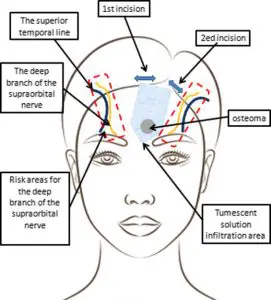
Our surgeons offer both direct and minimal access methods of osteoma removal. The minimal access method results in an incision which is made behind the hairline, which will leave a discreet scar. The procedure takes approximately one hour to complete.
Recovery after Osteoma Removal
The recovery period after forehead osteoma removal can vary depending on the size of the osteoma and the surgical technique used. Generally, recovery after osteoma removal is relatively quick and most patients can return to their daily activities within a week or two.
Immediately following the surgery, you will experience some swelling and bruising in the affected area. You may also experience some discomfort or pain, which can be managed with pain medication prescribed by your surgeon. Cold compresses may be used to reduce swelling and bruising.
For the first few days after surgery, it is important to keep the surgical area clean and dry. Your surgeon will provide specific instructions on how to care for the incision site and when you can resume normal activities like showering and washing your hair.
In most cases, sutures are removed approximately one week after the procedure. To ensure proper healing, it is important to follow your surgeon’s instructions regarding suture removal and care of the incision site.
During recovery, you should avoid strenuous activities, heavy lifting, and exercise for at least two weeks after the procedure. You should also avoid any activities that may pressure the incision site.
As you heal, it is normal to experience some mild discomfort, itching, and numbness in the surgical area. However, if you experience severe pain, swelling, or bleeding, contact your surgeon immediately.
Scarring is a common concern for patients undergoing forehead osteoma removal. However, with proper care and attention, the scar can be minimised and eventually fade.
How Much Does Osteoma Removal Cost?
At Centre for Surgery, we are committed to providing bespoke osteoma removal surgeries, tailored specifically to each patient’s unique needs. Understanding the cost structure and financial options available is crucial for anyone considering this procedure.
Starting Price
The base cost for an osteoma removal surgical procedure at our clinic begins at £1995. This price includes the surgery under local anaesthesia, ensuring a comfortable experience for the patient while keeping costs manageable.
Personalised Cost Breakdown
It is important to note that the initial quoted price is a starting point. A detailed and final cost breakdown will be provided after your initial consultation. This personalised approach in pricing is because every surgical procedure we perform is custom-designed to suit the individual requirements and specifics of each patient’s case. Factors like the complexity of the osteoma, the specific surgical techniques required, and any additional treatments or considerations will influence the final cost.
Biopsy Costs
In some cases, sending the removed osteoma for biopsy may be recommended. This step is crucial for a thorough pathological examination but is not included in the base price of osteoma removal. Opting for a biopsy will incur an additional fee, which will be clearly outlined in your personalised cost breakdown.
Flexible Financing Options
We understand that managing the financial aspect of surgery can be a concern. To assist our patients, we have partnered with Chrysalis Finance, offering various financing options. These allow you to spread the cost of your osteoma removal over multiple instalments, making the procedure more financially accessible. Our team can provide detailed information about these financing options, helping you choose a plan that aligns with your budget and payment preferences.
RELATED: Your Financing Options
Choosing Your Surgeon
One of the most crucial steps in ensuring the optimal safety of your forehead osteoma removal lies in the careful selection of your surgeon. It is essential to conduct thorough research on potential reconstructive surgeons. Key factors to consider include:
Experience in Osteoma Removal
Look for surgeons who have a strong track record in performing forehead osteoma removals. Experienced surgeons are likely to have encountered a range of cases, equipping them with the knowledge to handle various complexities that may arise.
Specialist Certification
Ensure that the surgeons you are considering are GMC-certified. This certification indicates their commitment to the highest standards of practice in their field.
Why Choose Centre for Surgery?
At Centre for Surgery, we pride ourselves on providing exceptional osteoma removal services in the heart of London. Our clinic, renowned for its state-of-the-art facilities and expert surgeons, offers a patient-centred approach to care, ensuring that each individual’s journey is as comfortable and informed as possible.
Patient Testimonials:
- “After my osteoma removal at Centre for Surgery, I felt a renewed sense of confidence. The team was incredibly supportive, and the results were beyond my expectations. I’m grateful for their expertise and care.” – Emily R.
- “The professionalism and skill of the surgeons at Centre for Surgery were evident from my first consultation. My osteoma removal went smoothly, and the recovery was quicker than I anticipated. Highly recommend their services.” – Michael J.
- “Choosing Centre for Surgery for my osteoma removal was the best decision. The entire process was seamless, and the staff were always available to answer my questions. The outcome was fantastic, and I couldn’t be happier.” – Sarah L.
Book Your Consultation:
Ready to take the first step towards your osteoma removal? Contact us to book a consultation at our Baker Street clinic. Our experienced surgeons will provide all the information you need to make an informed decision.
📞 Phone: 0207 993 4849 📧 Email: contact@centreforsurgery.com 📍 Address: 95-97 Baker Street, London W1U 6RN
Learn More:
For more information about our services and what sets us apart, visit our About Us page. Explore our comprehensive Plastic Surgery Blog for insights and updates in the world of cosmetic surgery.
Financing Your Surgery:
We understand that financial considerations are important. That’s why we offer a variety of finance options, including 0% APR with Chrysalis Finance, to make your journey towards transformation as accessible as possible.
Further Information:
Have questions? Our Clinic FAQs provide answers to many common queries. For more details about our Baker Street clinic and what to expect, visit our Baker Street Clinic page.
At Centre for Surgery, your care, comfort, and results are our top priorities. We invite you to join our community of satisfied patients and experience the highest standard of cosmetic surgery in London.
FAQs
-
What is a forehead osteoma?Forehead osteoma removal is a procedure for surgically removing bony lumps from the forehead. An osteoma is a slow-growing benign tumour composed of mature bone tissue usually found in the skull and neck area of the body that may cause a degree of facial asymmetry. An osteoma is quite uncommon and not thought to be related to any health issues. However, the prominent location and the size can have a big impact on an individual’s life. Most are concerned with the unsightly swollen appearance of the osteoma, and in some cases, patients can experience pain and discomfort.
Sometimes, osteomas can develop after a head injury. These types of osteomas can also be treated effectively with our techniques.
If an individual would like the osteoma to be removed, surgical removal is the only viable option. -
What conditions can mimic a forehead osteoma?Several conditions can mimic a forehead osteoma due to similar appearances or symptoms. These include:
Lipoma: A benign, soft tissue tumor made of fat cells, often mistaken for an osteoma due to its lump-like appearance.
Sebaceous Cyst: A non-cancerous, small lump beneath the skin, often resulting from blocked sebaceous glands.
Dermoid Cyst: A congenital cyst that may contain hair, skin glands, and other tissues; it can appear as a lump on the forehead.
Fibroma: A benign fibrous tissue tumour, which can present as a firm, nodular growth on the skin.
Calcified Haematoma: A collection of blood outside of blood vessels that has hardened over time, forming a lump similar to an osteoma.
Suture Granuloma: A benign mass that can form along the line of a surgical incision, often appearing as a hard lump.
Malignant Tumours: Although less common, certain malignant tumours, like osteosarcomas, can initially present as a lump on the forehead and be mistaken for an osteoma. -
What Is the Typical Age Range for Developing an Osteoma?Osteomas can appear at any age, with cases reported in children as young as two years old. However, they are most commonly seen in individuals between the ages of 5 and 25 years. There's no specific upper age limit for the development of osteomas.
-
Is It Necessary to Remove an Osteoma?Deciding to remove an osteoma often depends on the discomfort or aesthetic impact it causes. While some osteomas may not cause any problems, others can lead to pain, particularly in certain positions, or disrupt daily activities. Additionally, a noticeable osteoma might affect your appearance, and its removal could potentially offer significant relief and improve your quality of life.
-
Am I a good candidate for forehead osteoma removal?If you have a bony lump on your forehead that naturally grew out of nowhere, it is most likely to be an osteoma. To diagnose this correctly, you will need to have a CT scan to be sure.
Sometimes, osteomas can develop after a knock to the head. This can also be treated effectively with our techniques. -
What are the different techniques for forehead osteoma removal?There are different techniques for forehead osteoma removal. The choice of technique depends on the size, location, and shape of the osteoma, as well as the surgeon’s preference and experience. Some of the techniques used for forehead osteoma removal include:
Open excision: This technique involves making a long incision over the forehead, and removing the osteoma with a bone saw or chisel.
Endoscopic approach: This technique is minimally invasive, and involves making several small incisions over the scalp, through which an endoscope and surgical instruments are inserted. The osteoma is then removed using a bone saw or chisel.
Burr-hole technique: This technique is suitable for smaller osteomas and involves making a small hole over the osteoma using a surgical drill. The osteoma is then broken into pieces and removed through the hole.
Combination technique: In some cases, a combination of techniques may be used to remove a forehead osteoma. For example, an endoscopic approach may be used to remove the majority of the osteoma, followed by open excision for any remaining bone.
The choice of technique depends on the size and location of the osteoma, as well as the surgeon's preference and experience. Your surgeon will discuss the options with you and recommend the best technique for your specific case. -
What type of anaesthetic is used for forehead osteoma removal?Forehead osteoma removal can be performed under local anaesthesia with sedation or general anaesthesia. The type of anaesthesia used will depend on various factors such as the size and location of the osteoma, patient's preference, and surgeon's recommendation. The anaesthetist will discuss the options and help determine the best choice for the patient during the pre-operative consultation.
-
How long does osteoma removal take to perform?The duration of forehead osteoma removal surgery can vary depending on the size and location of the osteoma, as well as the chosen surgical technique. On average, the surgery takes approximately 1-2 hours to complete. However, this may be longer or shorter depending on the individual case. Your surgeon will be able to provide you with a more accurate estimate of the surgical time during your consultation.
-
Is forehead osteoma removal painful?Pain is subjective and can vary from person to person. However, forehead osteoma removal is performed under anaesthesia, so you won't feel any pain during the surgery. After the procedure, you may experience some discomfort, swelling, and bruising in the surgical area, but these symptoms can usually be managed with pain medication and should improve within a few days to a week. Your surgeon will provide you with specific postoperative care instructions to help manage any pain and discomfort.
-
What is the recovery period like?Forehead osteoma removal is a minimally invasive procedure that has little downtime. Most people are able to go back to work the next day itself but there may be a little swelling, which is to be expected.
-
What does do scars look like after forehead osteoma removal?The appearance of scars after forehead osteoma removal can vary depending on the technique used by the surgeon. If an endoscopic approach is used, the incisions are smaller and the scars may be less visible. However, with an open approach, a longer incision is made, and the scar will be more noticeable. In general, scars can take several months to a year to fully mature and fade. Your surgeon will provide you with post-operative care instructions to help reduce scarring and promote optimal healing.
-
What are the complications associated with forehead osteoma removal?The supraorbital nerve that provides sensation on the scalp may be injured during the procedure, but if done correctly this risk can be completely avoided.
-
Will the forehead osteoma come back after surgical removal?No, the forehead osteoma should not come back after surgical removal. The osteoma is a bony growth, and the surgical removal typically involves completely excising the growth along with any surrounding bone to prevent regrowth. However, it is important to follow proper postoperative care and attend follow-up appointments with your surgeon to ensure proper healing and prevent any complications that could potentially lead to regrowth.
-
What Is the Success Rate of Osteoma Removal Surgery?At Centre for Surgery, we have a highly successful track record in osteoma removal surgeries. The procedure typically boasts a near 100% success rate, with a very low recurrence rate of approximately 1%. Our extensive experience and expertise in this field ensure high levels of success and patient satisfaction.
-
Will My Insurance Cover the Removal of an Osteoma from the Forehead?Typically, the NHS does not fund the removal of osteomas on the forehead, as this is often categorised as a cosmetic procedure. If you have UK private health insurance with providers like BUPA or Vitality Health, it's essential to contact them directly to discuss potential coverage. Each insurance policy varies, so they will be able to provide specific information about your coverage for this procedure.


